Kruger National Park Management Issues: Elephant
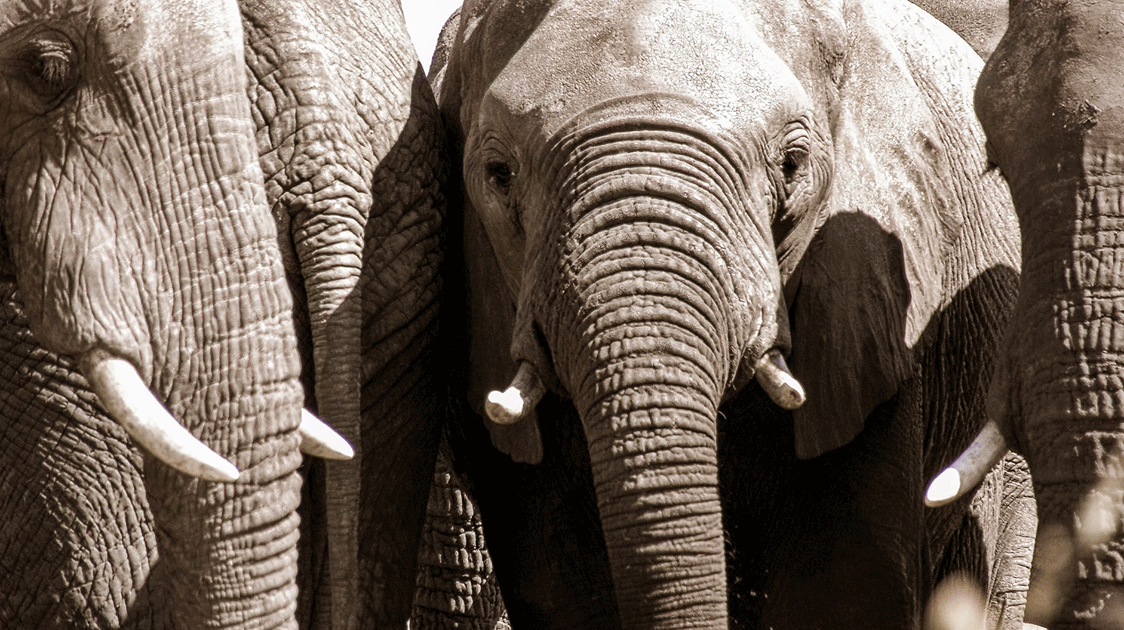
By Dr Salomon Joubert
Since the mid-1960s, when elephant censuses were initiated, the recorded calf percentages have remained remarkably stable. The only exceptions were 1967 and 1995, when they were 11.3% and 10.1%, respectively. In both cases, this could most likely be attributed to observer bias as the classification of calves under a year of age remains a somewhat subjective judgement and largely depends on the experience of the observer(s).
In all other cases, the percentages are of a very similar order despite some fluctuations.
From the recorded percentages, there do not appear to be any indications that the reproductive performance of the elephant population has been affected by fluctuations in the medium-term rainfall cycles, termination of culling or any other influences on the population. On what basis the ‘spike’ in reproduction is founded is unclear and suspect at best.
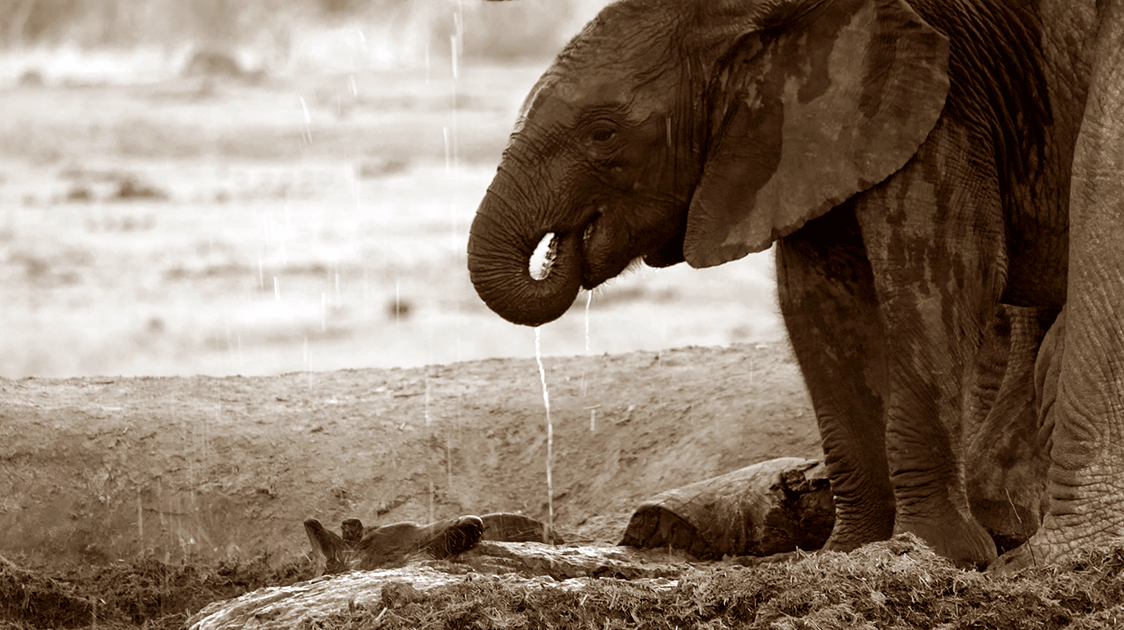
Based on the results of recent census data, the claim was made that there are “early signals” that the elephant population growth curve is reaching its peak. This supposedly implies that the population is reaching a stable level at which it will be in harmony with the other components of the ecosystems.
It should, however, be pointed out that “early signals” are not established facts and, therefore, not scientifically accountable.
It is accepted that the opening of new rangelands adjoining the Park for occupation by elephants will relieve the Park of some of its elephant pressure and should be reflected in the census figures.
It is known that a large number of elephants emigrated to the ‘vacuum’ created by the Sabi Sand Wildtuin (SSW) with the dismantling of the western boundary fence (in contrast to this, a similar emigration to the Associate Private Nature Reserves, where there had already been an established population, did not take place).
A similar situation to that of the SSW could be expected in the opening of the transfrontier Park, which includes much of the erstwhile traditional range of at least some of the elephant clans in the northern reaches of the Park. The elephant population trend should, therefore, also take this into consideration.
The notion that elephant populations could reach some state of stable population level is also highly debatable. The universal phenomenon of all-natural processes taking place in the form of rhythmical cycles has already been alluded to.
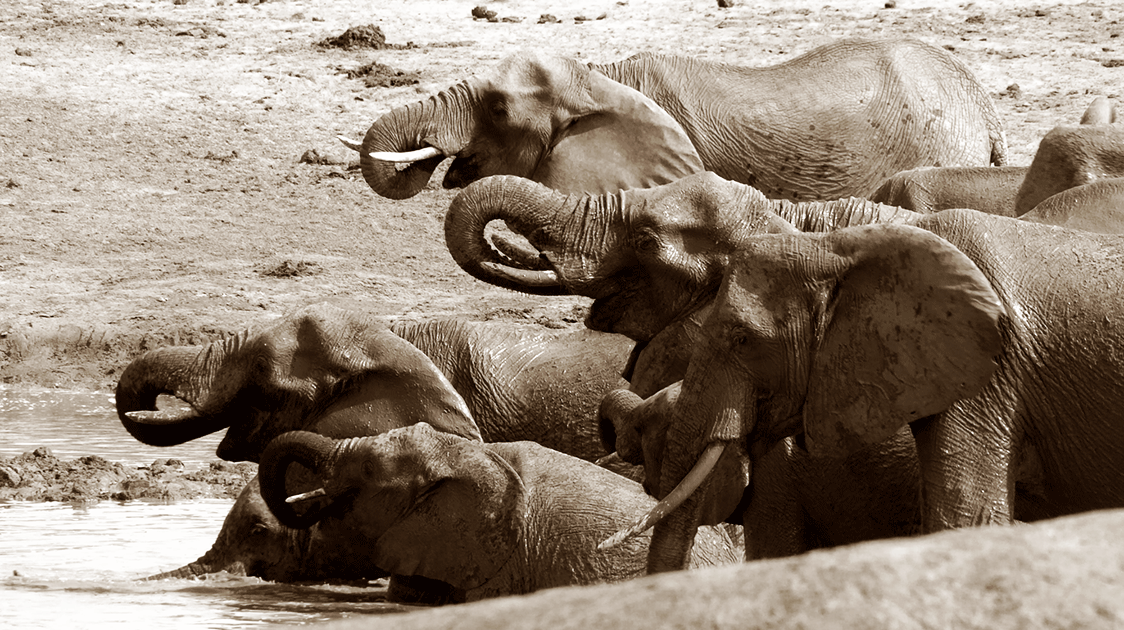
The elephant population is no exception, and it can be expected to build up to densities where it could have severe impacts on the environment and all that is associated with it, collapse and then slowly build up again.
And even if it is kept at a stable level, the problem of the cumulative impacts of elephant over time will exceed those of relatively short-term exposure to high impact, followed by the advantage of several phases in the rainfall cycles for the regeneration and rehabilitation of the environment.
The question remains whether the elephant population can be allowed to reach the stage where it will collapse due to the exhaustion of one or both of its vital resources (food and water).
Creating greater possibilities to meet the spatial and temporal requirements of elephants is a laudable approach. The range extensions on both the western and eastern boundaries of the Park will go a long way in achieving this (for elephants and a host of other species).
However, it will remain a closed system and is bound to be colonized in due course, even if the Ghonarezhou National Park is also added, as it already has a substantial elephant population.
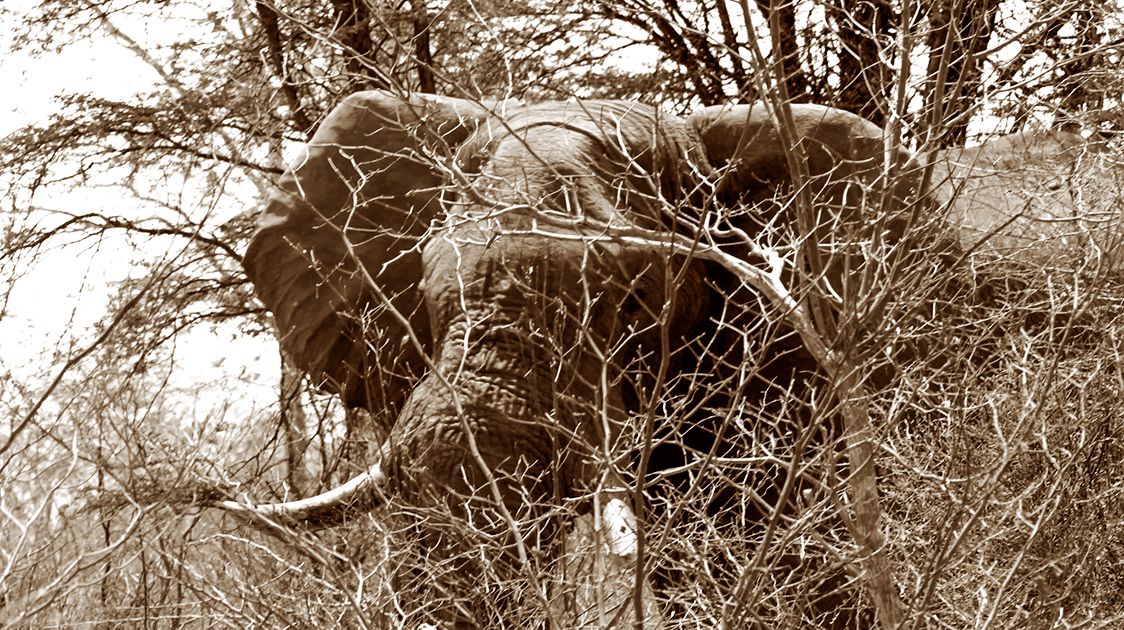
I sense that the new approach to managing the elephant population is essentially an attempt to avoid population control through culling. Other than culling, it is doubtful that population control will be possible by any alternative means, such as translocations.
If population control cannot be exerted, I regard the new approach as extremely high risk. This is based on the following:
- It is apparent that the Park does not have the research capacity to properly evaluate and prioritise areas that would qualify for ‘event-driven’ intervention.
- It is not clear what ‘intervention’ implies. If it does not entail the reduction of the elephant population, where are the elephants of the impacted area supposed to go?
- Justifying the unchecked increase of the elephant population on the basis of an “early signal”, supposedly signifying the reduced increase and leveling off of the population, is scientifically unfounded.
- Any suggestion that the elephant population would eventually level off and continue at a stable level in harmony with other ecosystem components does not take into account elephant population cycles and is, therefore, equally unfounded on a factual/scientific level.
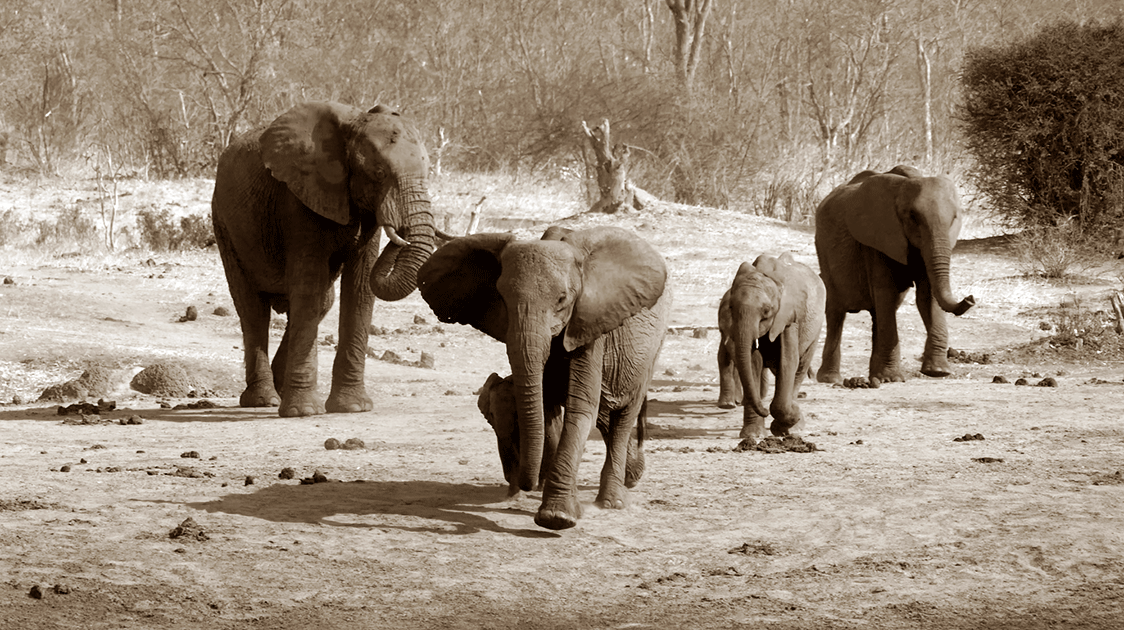
After nearly 30 years of culling, the elephant population has shown no discernable ill effects and has remained stable. This, in itself, is not without problems, as indicated elsewhere in this submission.
However, it was possible to maintain the population within manageable levels and offered the opportunity of adjusting to identified and/or perceived problems.
To let the population go on the grounds of unproven and wishful assumptions (however popular this may be in terms of public sentiment) can very well lead to an irreversible situation that offers minimal opportunity to manage the population or effect rehabilitation of disturbed areas if and when the “early signal” assumption may, in fact, prove to be false.
This would be akin to signing a contract without an escape clause!
If one has to err, err on the conservative side and retain the opportunity of redeeming mistakes, even if they are, as accepted, made with the best possible intentions.
The Late Dr Salomon Joubert was the ex-director of the Kruger National Park in South Africa and spent 40 years in the service.


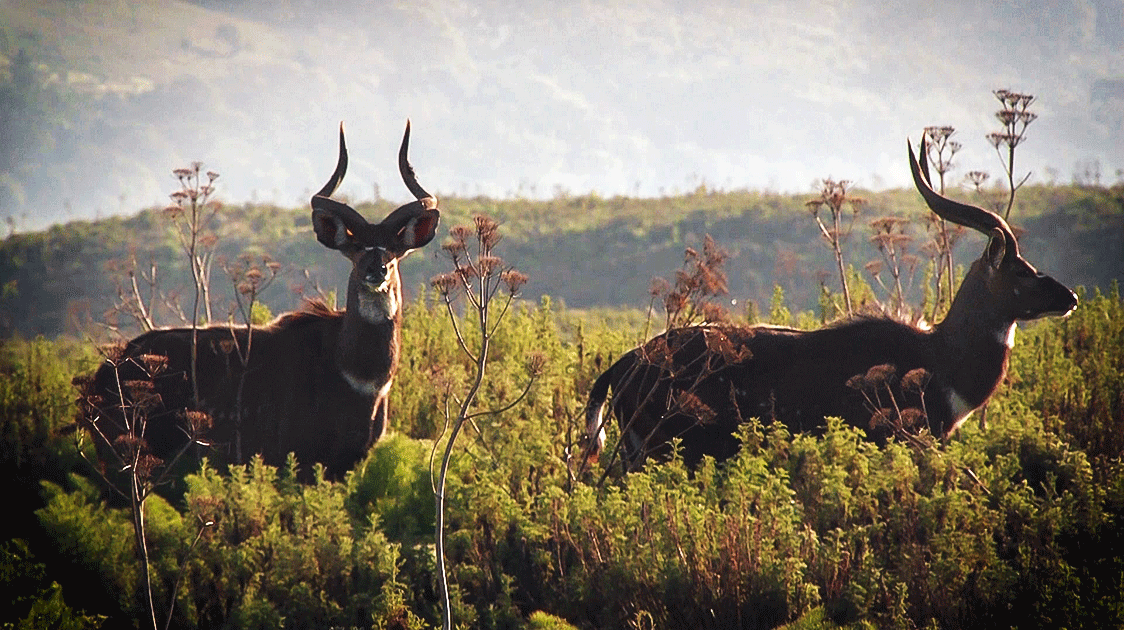
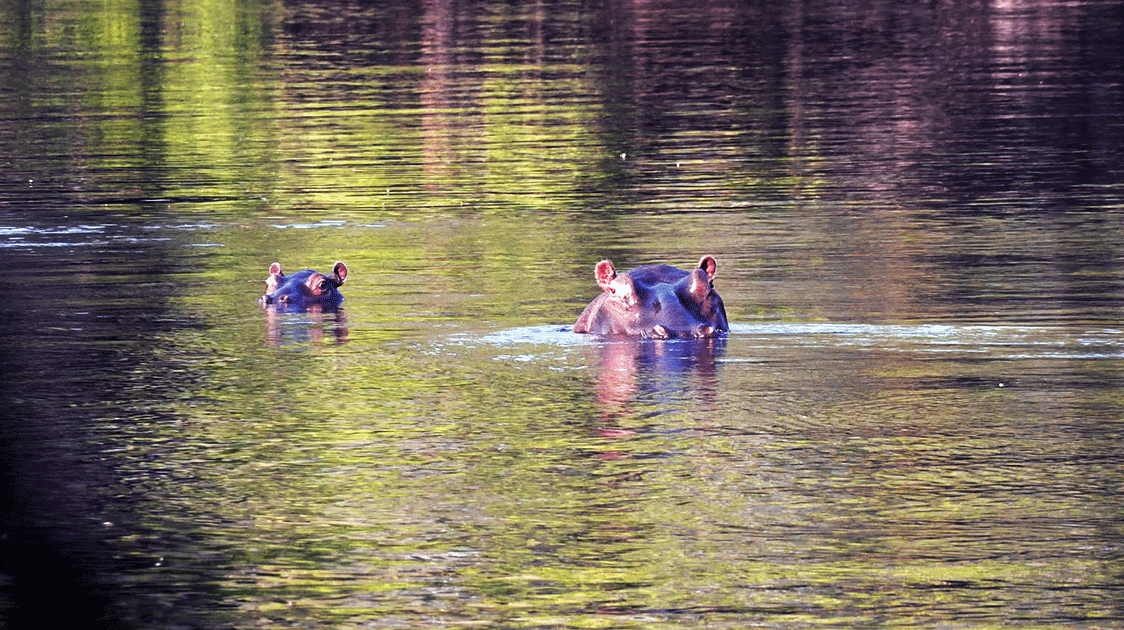
Comments ()